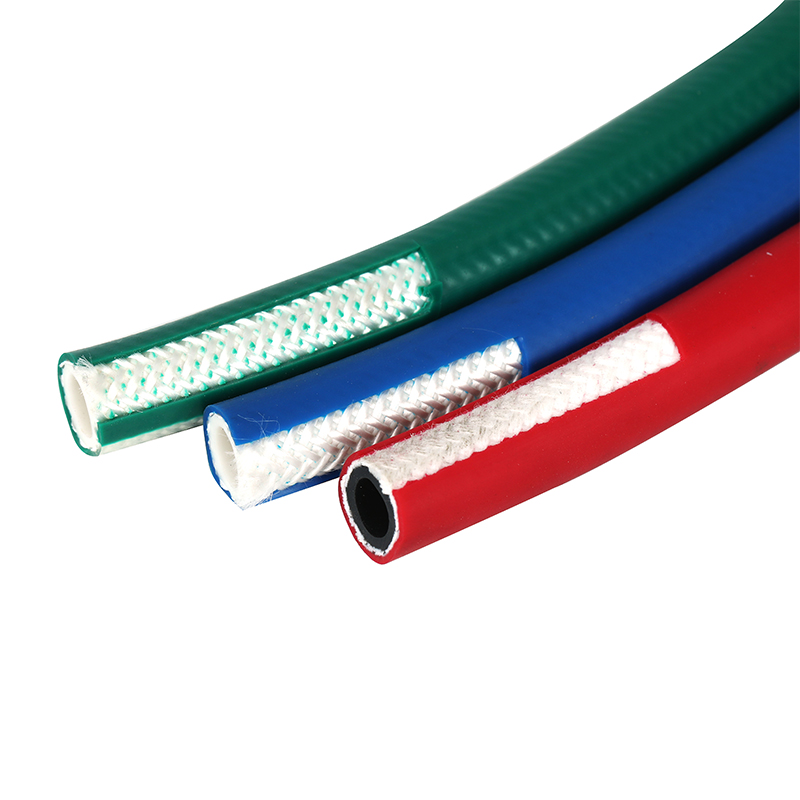High-Quality LPG Hose for Safe and Efficient Gas Transfer Solutions
Understanding LPG Hoses Essential Components for Safety and Efficiency
Liquefied Petroleum Gas (LPG) is a crucial energy source used in various applications, from residential cooking to industrial manufacturing. Central to the safe and efficient use of LPG is the LPG hose, a specialized piece of equipment designed to transport gas from one point to another. Understanding the characteristics, standards, and maintenance of LPG hoses is vital for both consumers and professionals in the industry.
What is an LPG Hose?
An LPG hose is a flexible tube specifically designed to carry liquefied petroleum gas under pressure. These hoses are typically made from a blend of synthetic rubber and other materials that can withstand high pressure and temperature variations. They feature reinforced structures to prevent kinks and ruptures, ensuring a reliable and safe gas flow.
Importance of Standards and Regulations
The quality and safety of LPG hoses are governed by strict industry standards. In many regions, including the United States and Europe, hoses must comply with specific regulations set by organizations such as the American National Standards Institute (ANSI) and the European Committee for Standardization (CEN). These standards dictate the materials used, pressure ratings, and testing methods for hoses, ensuring that they are both durable and safe for use.
Choosing hoses that meet these standards is crucial. Non-compliant hoses can lead to gas leaks, which pose significant safety hazards such as fires and explosions. Therefore, always ensure that any LPG hose you purchase is certified and meets the necessary regulations.
Key Features to Consider
When selecting an LPG hose, there are several factors to consider
lpg hose

1. Pressure Rating LPG hoses come with various pressure ratings. It's essential to choose a hose that can handle the maximum pressure your system requires.
2. Temperature Range LPG can be used in various conditions, from extreme cold to high heat. Make sure the hose you select is suitable for the temperature range of your application.
3. Length and Diameter The length and diameter of the hose depend on your setup. A longer hose can decrease pressure, while too narrow a diameter can restrict flow. Always measure and calculate your needs accurately.
4. Material The material of the hose affects its durability and flexibility. Common materials include rubber and thermoplastic. Each material has its advantages, so choose based on your specific usage needs.
Maintenance and Inspection
Regular maintenance and inspection of LPG hoses are critical for ensuring safety and longevity. Check regularly for signs of wear, cracks, or leaks. Look for aesthetic indicators like discoloration or bulging, as these can signify that a hose is near the end of its service life.
If you notice any damage, it is imperative to replace the hose immediately. Never attempt to repair damaged hoses, as this can lead to catastrophic failures. Additionally, ensure that connections are tight and leak-free, and consider using a hose clamp for added security.
Conclusion
LPG hoses are vital components in safely transporting liquefied petroleum gas for various applications. Understanding their specifications, adhering to safety standards, and maintaining them properly is essential for anyone dealing with LPG. By prioritizing safety and quality, users can prevent accidents and ensure efficient gas use, supporting both home and industrial energy needs. Always choose high-quality hoses, and make safety a top priority in your LPG applications.
-
Unrivaled Performance and Applications of PU Pneumatic Hoses and TubesNewsJun.11,2025
-
The Transparent World of Industrial Tubing and Hosing SolutionsNewsJun.11,2025
-
The Intricate World of Pneumatic Conduits: Tubes and HosesNewsJun.11,2025
-
The Dynamic Landscape of Pneumatic Conduits: Unraveling Key ComponentsNewsJun.11,2025
-
The Diverse Applications and Significance of Transparent PVC TubingNewsJun.11,2025
-
High - Pressure Pneumatic Tubing and Systems: An In - Depth LookNewsJun.11,2025














